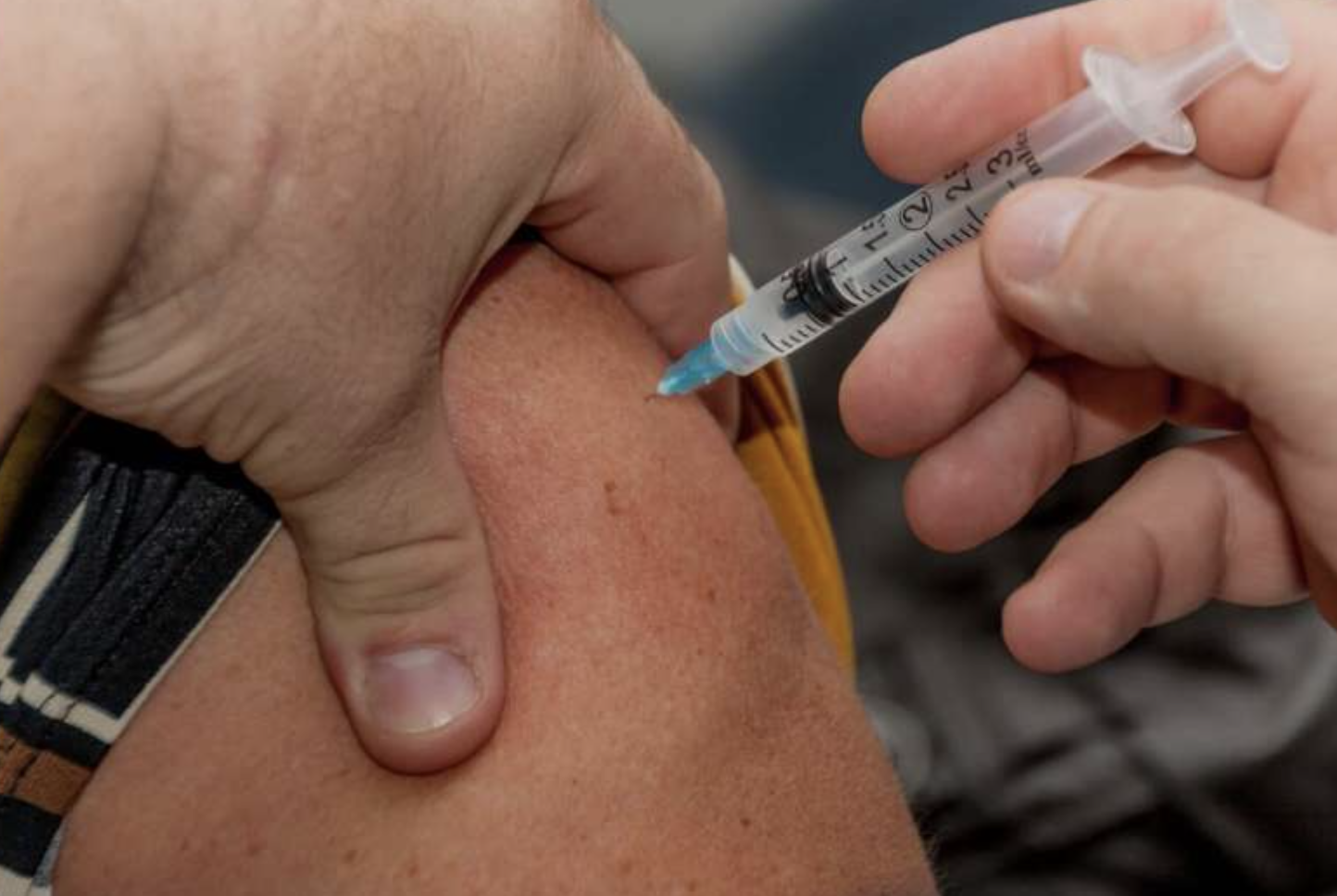University of Texas Health Science Center at Houston – Breakthrough COVID-19 infections after vaccination occurred in 7.5% of Texans surveyed and were linked to Hispanic ethnicity, larger household size, rural versus urban living, type of vaccination, and multiple comorbidities, according to findings from UTHealth Houston School of Public Health published Thursday in the Journal of Infectious Diseases.
The data were collected from December 2020 to June 2022 through the Texas Coronavirus Antibody Response Survey (CARES), and showed that the incidence of breakthrough infections spiked as immunity likely waned and newer variants emerged.
This information points to the ongoing need for vaccine updating and monitoring the longevity of immunity of vaccinated individuals across variants, according to the researchers.
“The arrival of new variants has likely resulted in reduced effectiveness of primary series vaccination,” said Stacia DeSantis, Ph.D., corresponding author of the paper and professor of biostatistics at the UTHealth Houston School of Public Health.
“If we were to analyze today’s data, which is five to six months more of data, I certainly expect a higher percentage of breakthrough than we saw as of June 2022.”
Overall, 17,866,681 people or 62% of Texas’s population are considered fully vaccinated. A Covid infection rate of 7.5% would result in 1,340,000 new cases.
Michael D. Swartz, Ph.D., associate professor and vice chairman of the Department of Biostatistics at the school, was senior author of the paper.
Researchers examined self-reported data from 22,575 people over the age of 20 who were enrolled in the Texas CARES survey, an ongoing prospective population-based seroprevalence project designed to assess infection- and vaccine-induced antibody status over time among a volunteer population throughout Texas. Enrollment began in October 2020.
Of the 1,700 participants who self-reported breakthrough infections of the virus, 112 participants, or 6.5%, experienced severe outcomes that resulted in hospitalization. Breakthrough infections were more frequent when the Omicron variant was dominant. Most predictors of breakthrough infections were also predictors of severe infections requiring hospitalization.
Hispanic participants reported a higher incidence of breakthrough cases and severe outcomes, which mirrors what has been reported in overall COVID-19 cases in literature, and signifies the disproportionate burden of the virus in the Hispanic population.
“Those of Hispanic ethnicity had statistically significant higher odds of breakthrough infection in a fully adjusted analysis, and statistically significant higher odds of severe breakthrough in the age-adjusted analysis,” DeSantis said.
“In raw numbers, 9.8% of Hispanic participants had a breakthrough infection versus, for example, 7.4% of non-Hispanic white participants and 8.3% of Black participants. The breakthrough percentage may seem close, but since the sample size is large, the difference is significant.”
One rationale for the higher incidence in Hispanics might be that multigenerational households are not uncommon among the Texas Hispanic population, according to researchers. Household members, including older people who often have more comorbidities, may have been at higher risk for infection from younger, working-age generations.
DeSantis said the link to a higher incidence in rural settings versus urban settings might be related to different industries.
“The potential lack of ability of rural participants to work from home may have influenced preventive measures during high transmission periods,” she said. “Also, less access to health care—including vaccine and booster scheduling in rural areas—is a known issue. The rural population also tends to be less insured. All of these sociodemographic factors contribute to rural versus urban disparities.”
Among vaccines, researchers found that there were significantly elevated odds of breakthrough infections in those receiving Pfizer or Johnson & Johnson versus Moderna. The Johnson & Johnson vaccine was linked to the highest number of breakthrough infections.
Analysis showed that health care employees also had higher reports of breakthrough infections. “Working in health care is an obvious exposure and so are the jobs that require daily face-to-face interactions,” DeSantis said.
Comorbidities such as asthma, obesity and hypertension were identified as risk factors for a severe level of breakthrough infections, which resulted in an ER visit or hospitalization. Availability of a well-established running list of medical conditions could assist in advising patients and delivery of care management over time to those most at risk, according to the study.
More information: Stacia M DeSantis et al, Incidence and predictors of breakthrough and severe breakthrough infections of SARS-CoV-2 after primary series vaccination in adults: A population-based survey of 22,575 participants, Journal of Infectious Diseases (2023). DOI: 10.1093/infdis/jiad020
Journal information: Journal of Infectious Diseases



